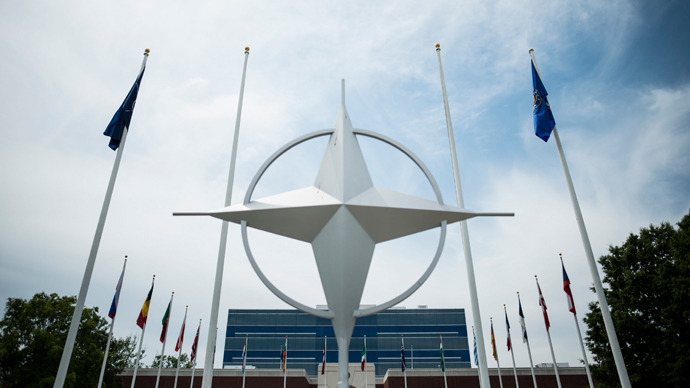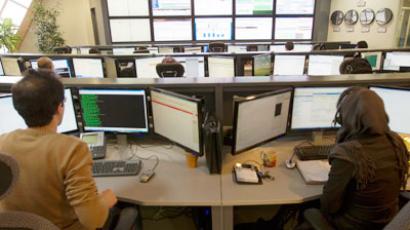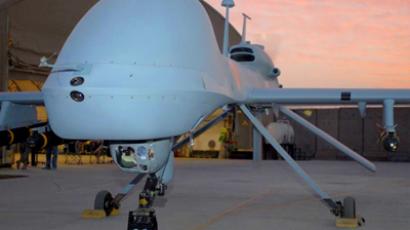NATO research team calls Stuxnet attack on Iran an 'act of force'

A group of 20 law and technology experts has unanimously agreed that the Stuxnet worm used against Iran in 2009-2010 was a cyberattack. The US and Israel have long been accused of collaborating on the virus in a bid to damage Iran’s nuclear program.
While that accusations against Washington and Tel Aviv have
never been confirmed by either government, a NATO Commission has
now confirmed it as an “act of force.”
Last year anonymous government officials came forward to tell
The New York Times that researchers at the Idaho National
Laboratory, which is overseen by the US Department of Energy,
passed technical information to Israel regarding vulnerabilities in
cascades and centrifuges at Iran's Natanz uranium enrichment
plant.
That information, it is believed, was used to design the Stuxnet
worm that set Iran’s nuclear program back an estimated two
years.
“Acts that kill or injure persons or destroy or damage
objects are unambiguously uses of force,” according to the
Tallinn Manual on the International Law Applicable to Cyber
Warfare, which lead author Michael N. Schmitt said was written to
outline “how does existing law apply to cyberspace.”
Schmitt told The Washington Times that “according to the UN
charter, the use of force is prohibited, except in
self-defense.” Under the guidelines detailed in the Manual, the
concept of self-defense could include “anticipatory
self-defense,” which would allow a nation an act of aggression
in the event that it perceives a threat as imminent.
The 20 experts were drawn from around the world and took three
years to complete the 300-page manuscript, which they were careful
to note was not an official policy decision by NATO.
They disagreed over whether the Stuxnet attack qualified as an
“armed attack,” which would constitute the beginning of
wartime aggression that, under the Geneva Convention, could be
followed by the use of force.
“We wrote it as an aid to legal advisers to governments and
militaries, almost a textbook,” Schmitt told The New York
Times. “We wanted to create a product that would be useful to
states to help them decide what their position is. We were not
making recommendations, we did not define best practice, we did not
want to get into policy.”
US officials have continued to deny American involvement in the
attack, but the timing specified by the anonymous sources coincides
with an order from President Bush authorizing an increased
information exchange with Israel over Iranian nuclear
facilities.
During a 2009 conversation with The New York Times, an American
official said any secret action against Iran would classify
officially as “science experiments.”














